The military airport outside this river town in central Cambodia sprawls out in eerie silence, its vast concrete runway untroubled by any sign of aircraft. Half-sealed roads lose themselves in fields of scrub and sugar palms. Nearby, an empty control tower looks out over grazing cows and the odd villager on a motorbike — the only real traffic the airport has ever seen.
In the late 1970s, thousands died or were killed building the airport under the radical Khmer Rouge, whose mad push for a communist utopia led to the deaths of some 1.7 million Cambodians — about one-quarter of the country’s population.
According to prosecutors at the United Nations-backed war crimes tribunal in Phnom Penh, which is currently trying a handful of surviving leaders of the regime, laborers mostly used basic tools to clear the land, uproot trees and pour cement. Most were purged members of the military, sent to perform punitive labor at the airfield site.
In recent testimony at the tribunal, known officially as the Extraordinary Chambers in the Courts of Cambodia, one survivor described the airport as “a place to be tortured and to be ordered to work hard.” Prisoners who could not keep pace were executed, usually by a blow to the back of the head.
Bou Yot, a 60-year-old veterinarian from the nearby village of Krang Leav, said that the bones of executed workers, accused of being traitors, were scattered in the surrounding hills. “There are many mysteries around these mountains,” he said. Most researchers put the airport’s total death toll at well over 10,000.
“Khmer Rouge documents show that Chinese support went from the village level all the way up to the highest level.”
The airport’s 2.4km runway — still in near-pristine condition despite four decades of neglect — is also a clear reminder of the strong support that “Democratic Kampuchea,” as the Khmer Rouge’s regime was known, enjoyed from China, which dispatched hundreds of engineers to oversee the construction of the airport and other projects between 1976 and 1979. Chinese advisers also supervised the excavation of an underground command complex — a catacomb of reinforced concrete bunkers stretching hundreds of meters into the nearby hills. Not far away, four towering water tanks sit empty in the jungle, pinging with otherworldly echoes.
While Cambodian prisoners toiled in punishing conditions, local residents said the Chinese engineers lived in wooden houses with running water and electricity. Phat Bora, who as a teenager worked on a Khmer Rouge road-building brigade near the airport site, said she often saw groups of Chinese experts, easily recognizable by their blue trousers and collared shirts (the prisoners all wore black).
“They came to inspect the rice fields,” said Bora, now a work-worn woman of 53. “Their skin was very white and beautiful.”
Calls for accountability
As China prepares to mark the 70th anniversary of the end of World War II with a Sept. 3 military extravaganza in Beijing, officials have taken up a perennial theme: accountability for wartime atrocities committed by the Japanese military. In March, Premier Li Keqiang repeated China’s long-held desire that Tokyo “face history” head-on.
“While inheriting the historical achievements made by their predecessors,” Japanese leaders “also need to shoulder the historical responsibilities for crimes committed by past generations,” he told journalists.
Such calls for Japanese accountability raise inevitable questions about Beijing’s own past actions abroad, not least its strong support for the Khmer Rouge. Between April 1975, when it seized power, and January 1979, when it was finished off by a Vietnamese invasion, the Khmer Rouge regime cut Cambodia off from the world and embarked on a “super great leap forward” to communism.
While China had no direct hand in the subsequent purges and killings, it was the only country that gave the regime unstinting support.
“Khmer Rouge documents show that Chinese support went from the village level all the way up to the highest level of the Khmer Rouge leadership,” said Youk Chhang, the director of the Documentation Center of Cambodia, which researches the regime’s crimes.
In his book, Brothers in Arms: Chinese Aid to the Khmer Rouge, 1975-1979, Andrew Mertha writes that Chinese food aid and technical assistance began arriving within days of the Khmer Rouge taking Phnom Penh. In June 1975, the regime’s shadowy leader, Pol Pot, made a secret trip to Beijing to meet with then-leader Mao Zedong, who offered him $1 billion in aid — at that point China’s largest aid pledge to any country. Mertha said the aid ran the full gamut, from military materiel and radio transmitters to agricultural implements and food aid. A weekly flight from Beijing — Cambodia’s only link to the outside world — brought in thousands of Chinese engineers and civilian advisers.
Mertha, who heads the China and Asia-Pacific Studies program at Cornell University, said China’s support of Cambodia was driven by its desire to establish itself as a “third-way” power that could match the clout of the Soviet Union and the U.S. “Cambodia provided China, symbolically, with its first-ever client state,” he said.
The airport in Kampong Chhnang, which Mertha describes as the “jewel in the crown of Chinese military assistance” to Pol Pot, had a pivotal role in this scheme. If completed, the base’s location in the center of Cambodia would have given China a staging ground on the southern flank of its nemesis Vietnam, with easy access to the Gulf of Thailand.
For similar geopolitical reasons — a desire to isolate Soviet-backed Vietnam — China continued its support of the Khmer Rouge throughout the 1980s, joining the U.S., the Association of Southeast Asian Nations and much of the West in funding its civil war against the Hanoi-installed regime that replaced the Khmer Rouge.
Unanswered questions
Today, this obscure chapter of Chinese history is rarely mentioned by either government. In 2010, Zhang Jinfeng, China’s ambassador to Cambodia, broke a long silence by telling students that Chinese aid consisted only of hoes, scythes and food aid. “The Chinese government never took part in or intervened in the politics of Democratic Kampuchea,” she said. Unsurprisingly, Beijing for years opposed moves to put Khmer Rouge leaders on trial, worried perhaps about what might be told in court.
All this prompts the question: Why is China so reluctant to acknowledge its support for the Khmer Rouge, when past Chinese leaders have admitted the excesses of domestic catastrophes such as the Great Leap Forward and the Cultural Revolution?
According to Mertha, part of the reason is renascent official nationalism, which has made any criticisms of Chinese actions — even those of the pre-reform era — politically taboo. The past few years, especially, have seen “a significant and dramatic rollback in terms of the types of the sources that are available for people to do research, the types of topics that are on- or off-limits.” In the current environment, “the chance of revisiting China’s role in Democratic Kampuchea is virtually zero.”
“Cambodia provided China, symbolically, with its first-ever client state.”
The result, according to the prominent Chinese historian Zhang Lifan, is history a la carte. “The government propagandizes the parts which it finds useful,” he told The New York Times in March, “while ignoring aspects that could draw criticism.”
Cambodia, too, has reasons to put history to one side. Since 1990, when China finally cut off support for the Khmer Rouge, Beijing has slowly risen to again become Cambodia’s main foreign benefactor. When China’s then president, Jiang Zemin, paid a landmark visit to Phnom Penh in 2000 — the first by a Chinese leader since 1963 — the talk was of the future, not the past. Cambodia’s pragmatic Prime Minister Hun Sen told Jiang that his country’s blooming relationship with Beijing was “a precious gift.” A handful of protesters who hoisted banners protesting China’s support for Pol Pot were quickly bundled out of sight by police.
Since then, China has given Cambodia hundreds of millions of dollars in aid and investment, bankrolling the construction of roads, dams and bridges. In a move that might bring history full circle, Cambodian state media reported in early August that China’s Everbright International Construction Engineering is in talks to refurbish the Kampong Chhnang Airport, finishing the job begun by Chinese engineers nearly 40 years ago.
Despite its grisly history, what once made the airport a geopolitical prize for Beijing — its strategic location — also makes it potentially valuable for Cambodia today. Many locals said the economic benefits of a fully functional airport were more important than awakening old ghosts. “Every day I just see buffaloes. I want to see airplanes,” said Sang Sophat, 43, a guard who watches over the lonely runway.
But as many Cambodians embrace the prospect of a better future, villager Bou Yot fears that a full accounting of China’s support for the regime will be forever buried beneath the runway at Kampong Chhnang.
“I want the prime minister of China to be responsible for what happened in Cambodia,” he said. “For 35 years there hasn’t been even a word.”
Published by the Nikkei Asian Review, August 21, 2015


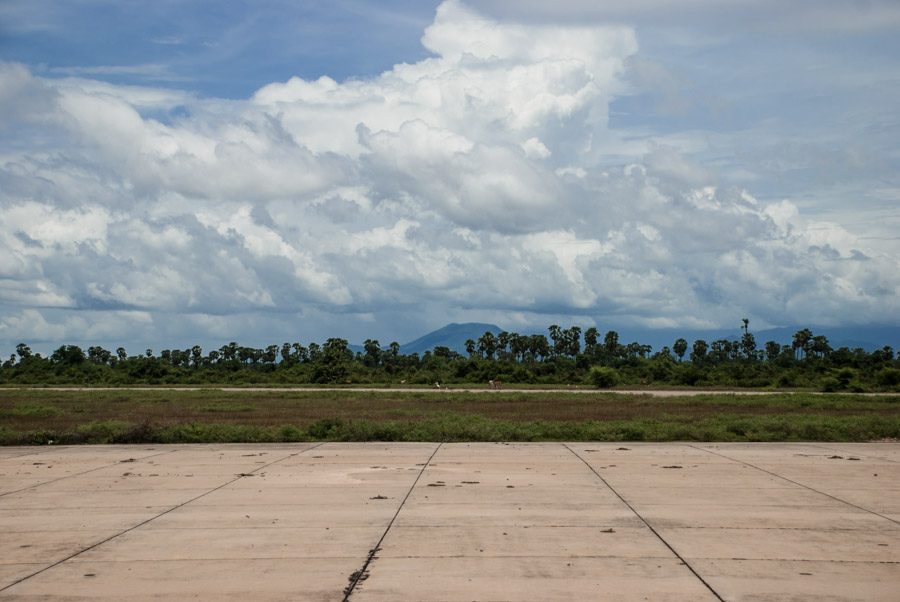
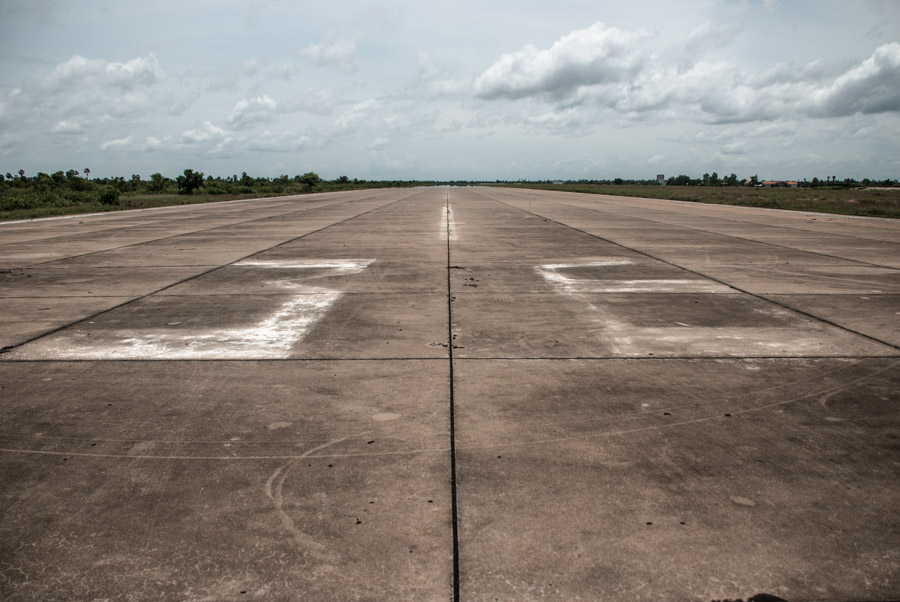
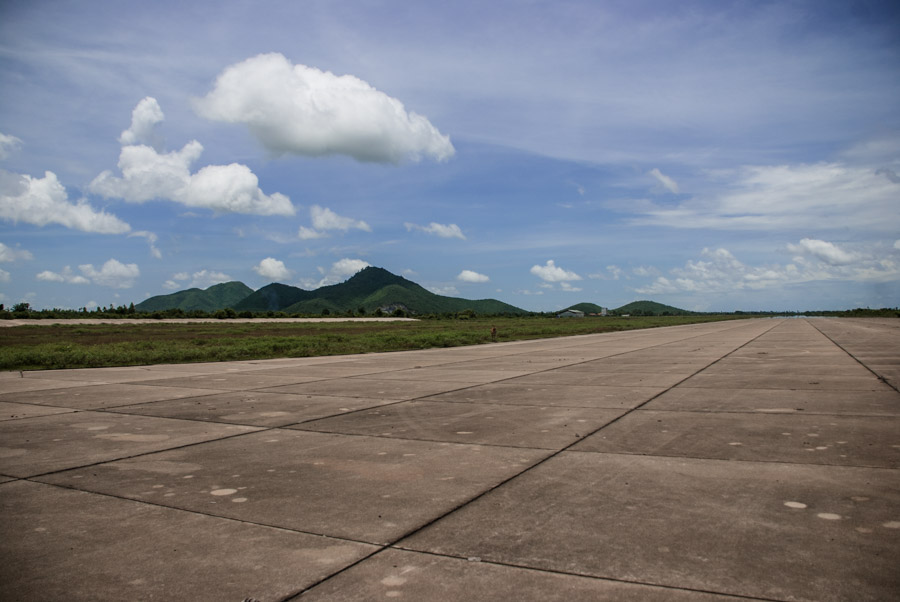
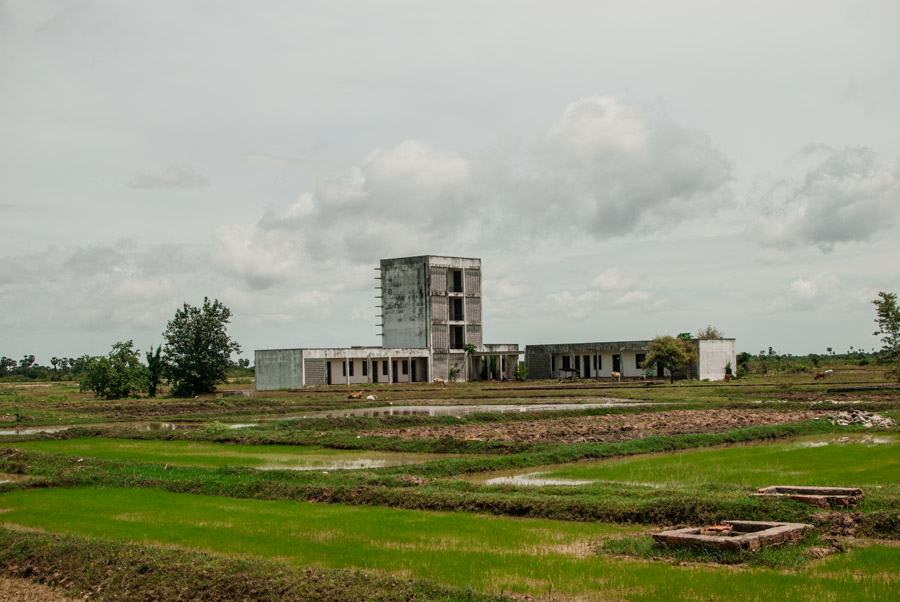
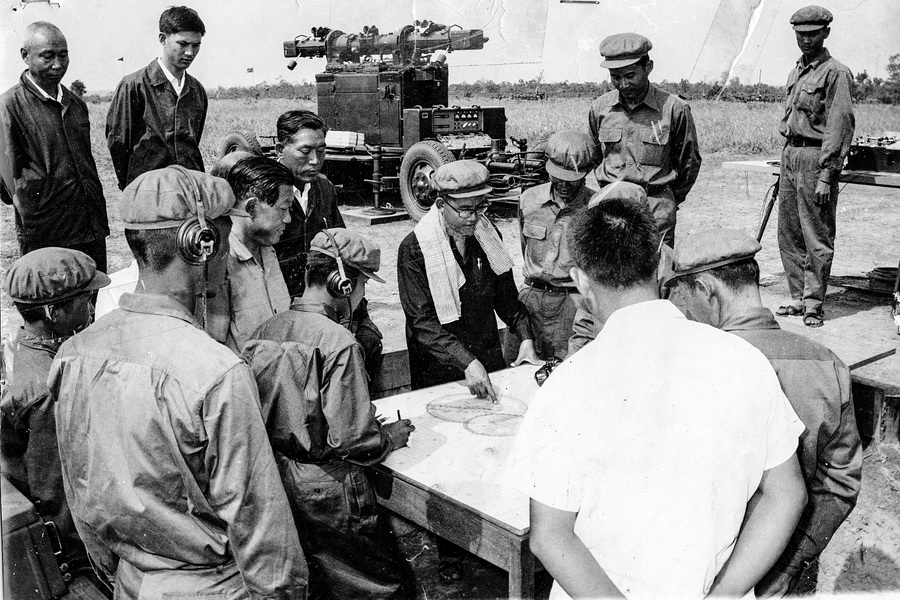
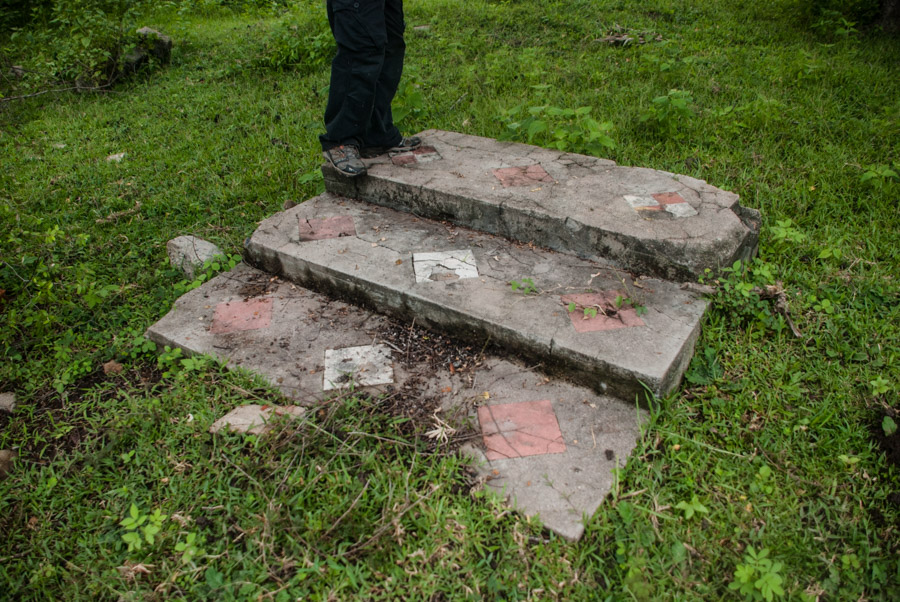
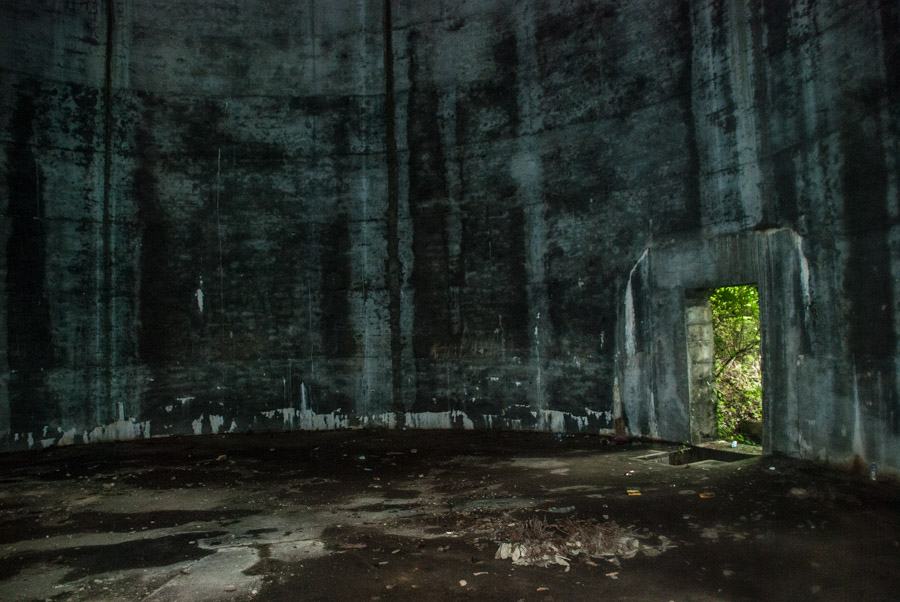
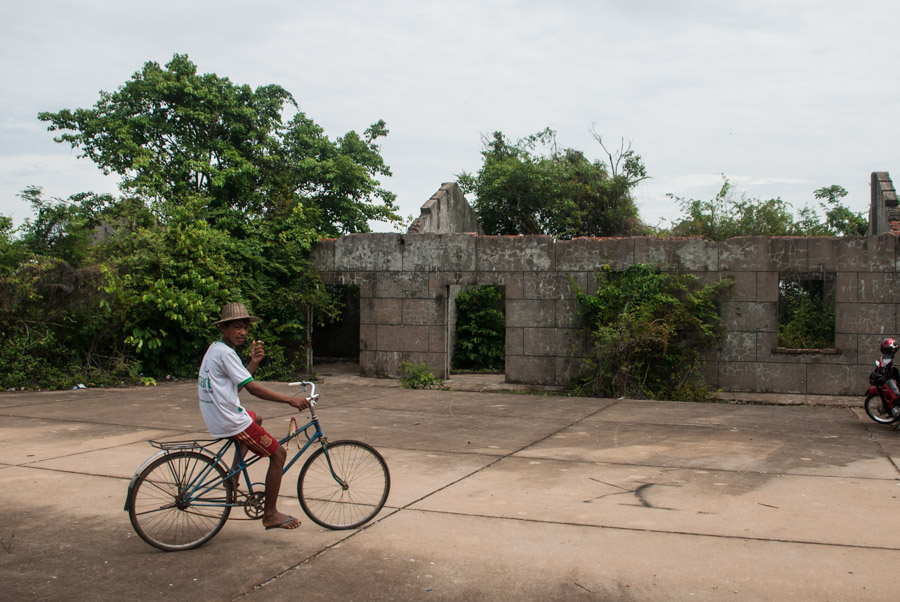
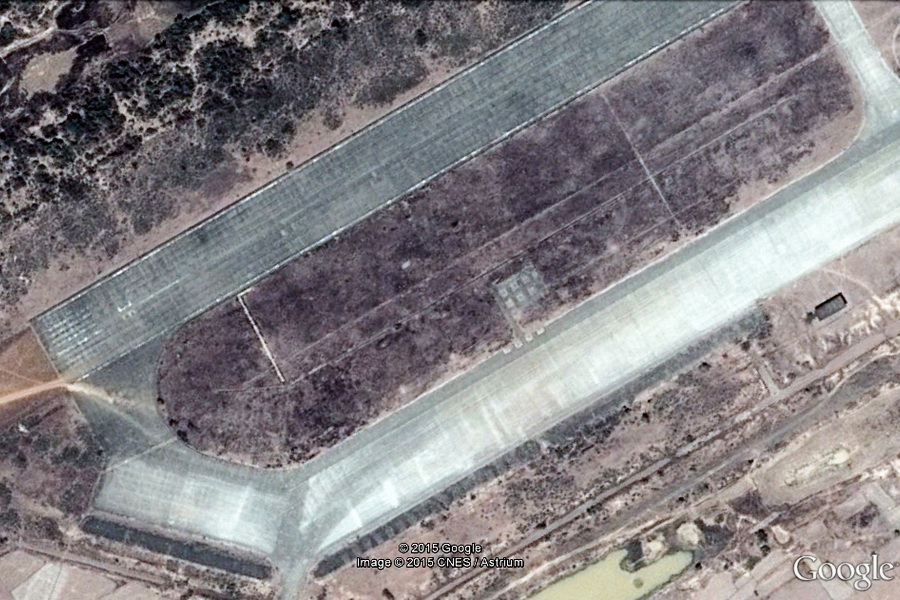


2 comments
Kroussar says:
Jul 2, 2016
Sorry so late to respond. But you talk about China and USA who supported the Khmer Rouges. But do not forget France, that his troubles hours also helped in great secrecy the Democratic Kampuchea
L’aeronautica di Pol Pot e l’intervento cinese in Kampuchea | Aurora says:
Oct 22, 2017
[…] La Cina costruì in Cambogia strade, ferrovie, dighe e ponti e ricostruì la rete elettrica, tanto che aumentò la produzione di elettricità a Phnom Penh, forse in previsione della ripopolazione della capitale. I cinesi costruirono anche la raffineria petrolifera di Kampong Som, per lavorare il petrolio greggio cinese dei campi di Daqing, e l’aeroporto di Kampong Chhnang. La pista di 2,4 km e l’aeroporto furono realizzati da centinaia di ingegneri ed operai cinesi, tra il 1976 e il 1978. I consiglieri cinesi inoltre supervisionarono la costruzione, presso l’aeroporto, di un centro di comando sotterraneo di cemento armato che si estendeva per centinaia di metri fino alle colline vicine. In cambio la Cina riceveva forniture di caucciù. In quel periodo erano presenti diverse migliaia di cinesi nella Kampuchea democratica; “Erano in Cambogia per cercare di aiutare i fratelli rivoluzionari e a portare gloria alla Cina nella missione per aiutare la Cambogia a svilupparsi sotto la tutela cinese“. In realtà i rapporti tra i due Stati non erano così netti; “Nel 1975, i cinesi, avendo avuto un’esperienza amara, avvertirono i cambogiani dal correre troppo nel realizzare gli obiettivi rivoluzionari. Si dice che Khieu Samphan e Ieng Thirith sorridessero in modo condiscendente“. Inoltre la mancanza di competenze e addestramento dei kampuceani frustrò i cinesi; mancavano gli interpreti e così le parti comunicavano a gesti. “Esistevano molti limiti all’influenza cinese sulla burocrazia, poiché le frammentate agenzie cinesi dell’amministrazione degli aiuti lottarono per collaborare con le istituzioni della Kampuchea democratica, sconnesse, sottosviluppate e talvolta ostinate“. Gli aiuti comprendevano oltre a materiale militare e sistemi radio, strumenti agricoli e derrate alimentari. Dei voli settimanali da Pechino portarono in Cambogia le migliaia di ingegneri e consiglieri cinesi. L’aeroporto di Kampong Chhnang fu fondamentale per queste operazioni. Inoltre, una volta completato avrebbe permesso alla Cina di proiettarsi sul fianco meridionale del Vietnam e sul Golfo della Thailandia. Per tali motivi geopolitici, isolare il Vietnam, la Cina sostenne i Khmer Rossi anche negli anni ’80, assieme a Stati Uniti, Associazione delle Nazioni del Sud-Est asiatico e NATO, nel tentativo di rovesciare il regime filo-vietnamita che a Phonm Penh sostituì il dominio dei Khmer Rossi.Fonti: Aeroflight Asiafinest Cambodia to Kampuchea Phnom Penh Post Sebastian Strangio […]